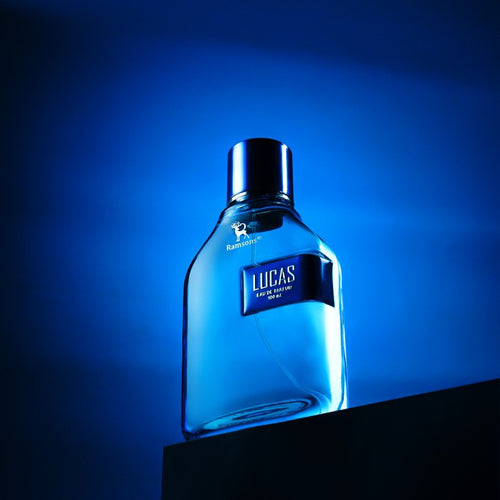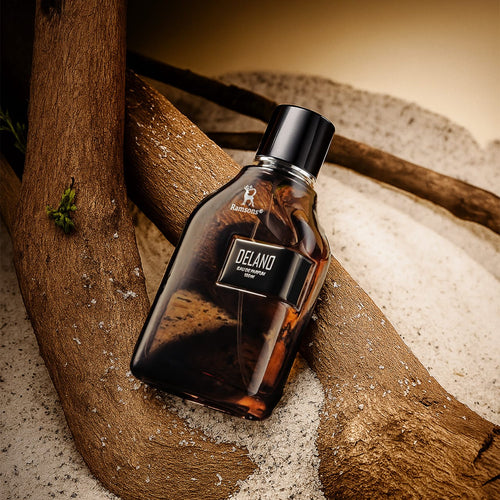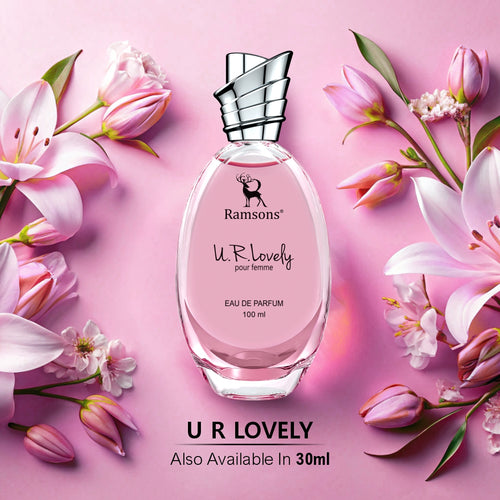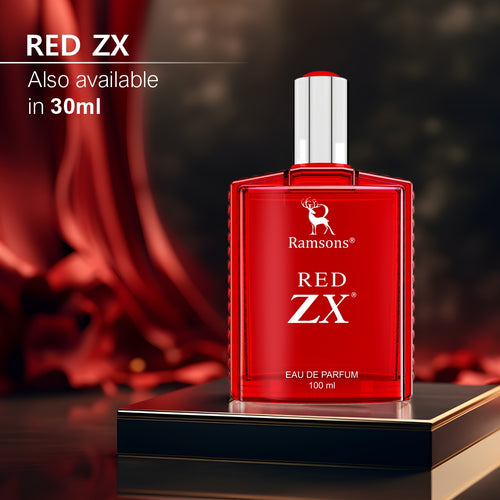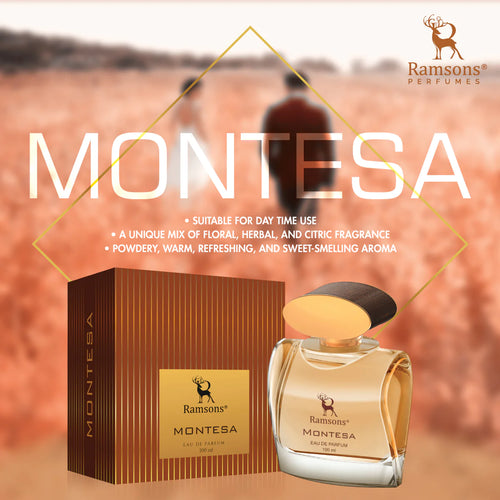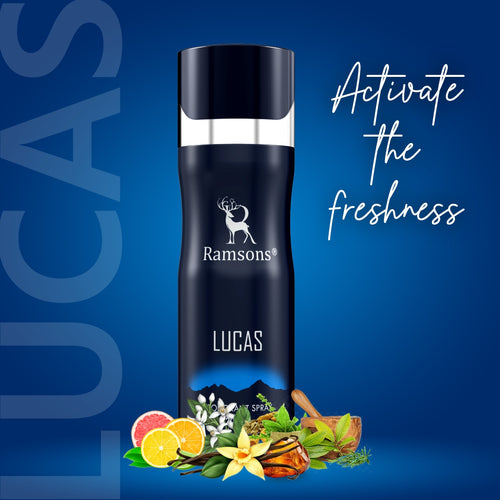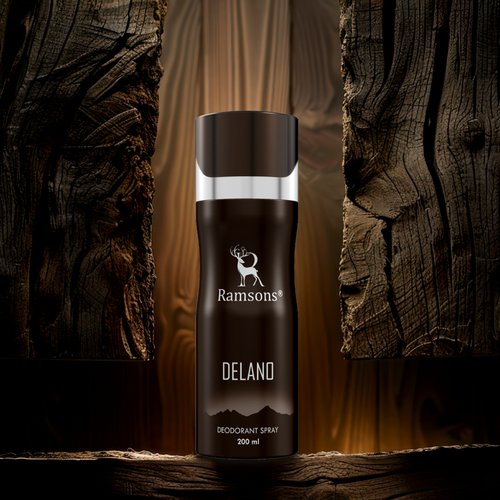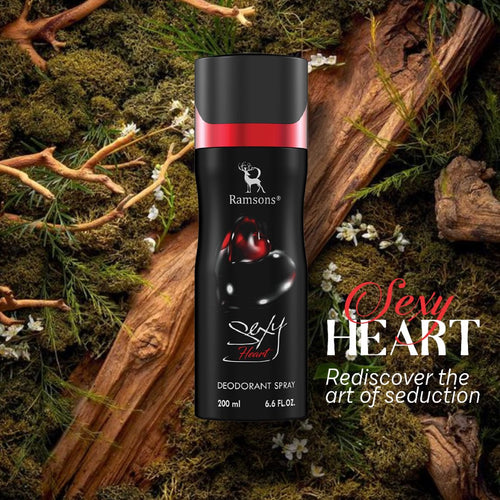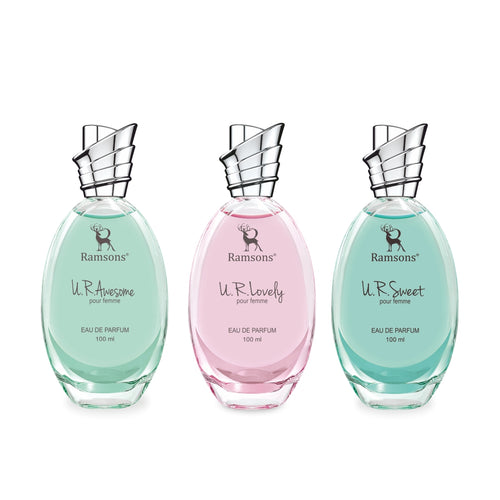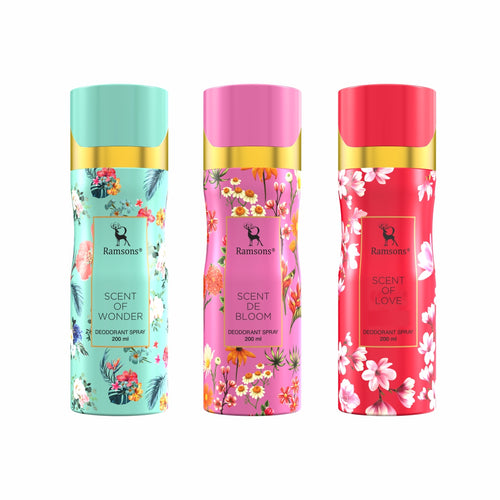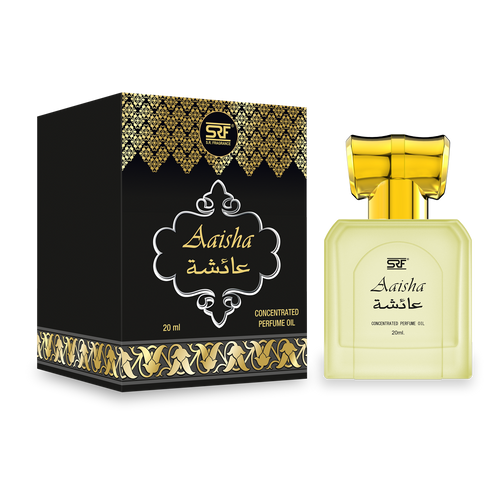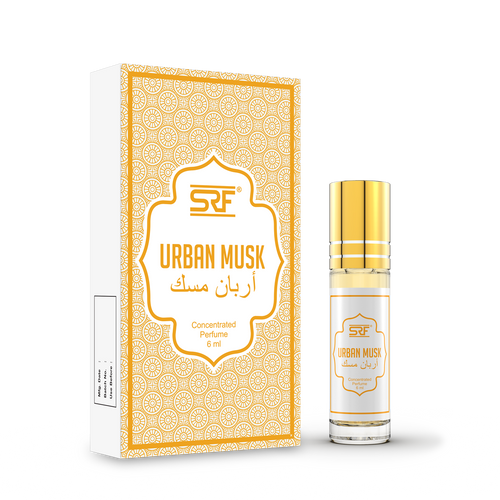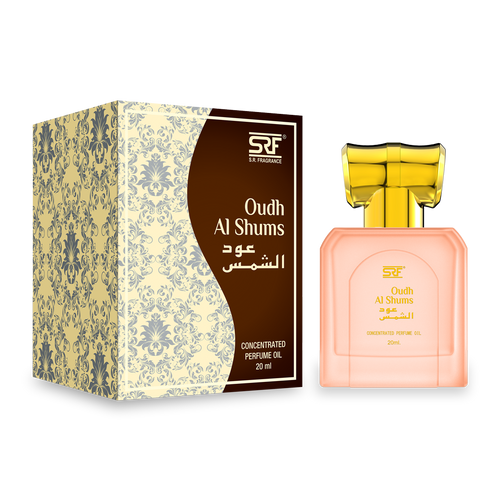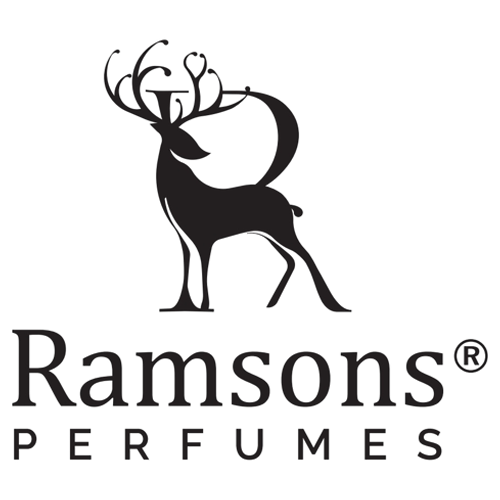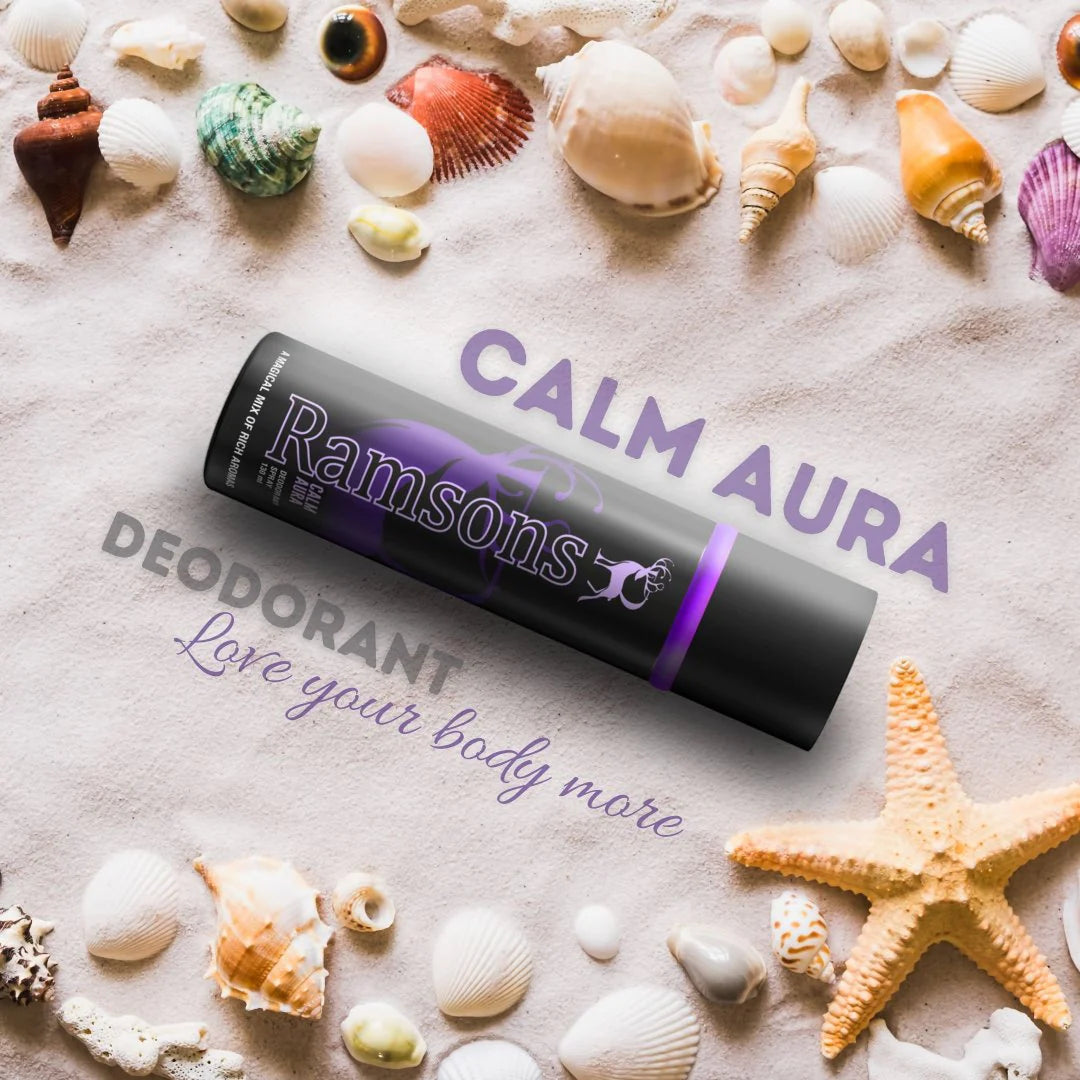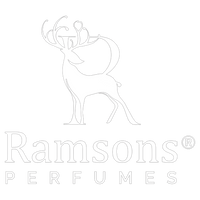Understanding the nuances between cologne and deodorant is essential for making informed choices about personal hygiene and fragrance preferences. While both products are staples in grooming routines, they serve distinct purposes and offer different benefits. Let's delve into the ten surprising differences that set cologne and deodorant apart.
1. Purpose and Function
Cologne is primarily used to provide a pleasant fragrance. It is applied to pulse points and designed to enhance one's overall scent profile. On the other hand, deodorant is formulated to combat body odor. It works by neutralizing the bacteria that cause odor, often with added fragrances to keep you smelling fresh throughout the day.
2. Composition and Ingredients
The composition of cologne and deodorant differs significantly. Cologne contains a mixture of essential oils, alcohol, and water. The concentration of essential oils determines its potency and longevity. Deodorants, however, are made with antibacterial agents, such as triclosan or alcohol, to kill odor-causing bacteria. They may also include ingredients like aluminum compounds to reduce perspiration.
3. Fragrance Longevity
One of the most notable differences is the longevity of the fragrance. Cologne typically lasts longer on the skin due to its higher concentration of essential oils. Depending on the type, it can linger for several hours. Deodorants usually have a shorter lifespan, with their fragrance lasting only a few hours before needing reapplication.
4. Application Areas
Application of these products varies as well. Cologne is generally applied to pulse points such as the wrists, neck, and behind the ears. These areas generate heat, which helps diffuse the fragrance. Deodorant is applied directly to the underarms, the primary source of body odor, and sometimes to other areas prone to sweating.
5. Packaging and Presentation
The packaging of cologne and deodorant reflects their distinct purposes. Cologne is often packaged in glass bottles with spray nozzles or splash tops, emphasizing luxury and sophistication. Deodorants come in various forms, including sticks, roll-ons, gels, and sprays, designed for practical and easy application.
6. Target Audience and Marketing
The target audience for cologne and deodorant can overlap but often differs. Cologne is marketed as a premium product, appealing to those looking to make a statement with their scent. It is often associated with fashion and style. Deodorants are marketed as everyday essentials, emphasizing practicality and hygiene. Advertising for deodorants often focuses on their effectiveness in preventing odor and wetness.
7. Price Range
There is a significant difference in the price range of cologne and deodorant. Cologne tends to be more expensive due to the higher concentration of essential oils and the branding associated with luxury and fashion. Deodorants are generally more affordable and are considered a daily necessity rather than a luxury item.
8. Skin Sensitivity and Allergies
When it comes to skin sensitivity and allergies, deodorants are more likely to cause irritation due to the presence of antibacterial agents and aluminum compounds. Some people may experience allergic reactions or skin sensitivities to these ingredients. Cologne, being primarily composed of essential oils and alcohol, can also cause reactions, but this is less common.
9. Social and Cultural Significance
The social and cultural significance of cologne and deodorant also differs. Cologne has a long history and is often associated with sophistication, elegance, and personal style. It is seen as an accessory that completes one's attire. Deodorant, while crucial for personal hygiene, is considered more utilitarian and less tied to social status or style.
10. Availability and Variety
Availability and variety of cologne and deodorant in the market highlight their differing roles. Cologne comes in a wide range of scents and brands, from high-end designer labels to more affordable options. Deodorants are available in numerous formulations to cater to different needs, such as sensitive skin, extra strength, and natural ingredients.
Conclusion
Understanding the differences between cologne and deodorant can help you make better choices in your grooming routine. Whether you are looking to make a lasting impression with a signature scent or simply stay fresh and odor-free, knowing the distinct purposes, compositions, and benefits of these products is essential.
